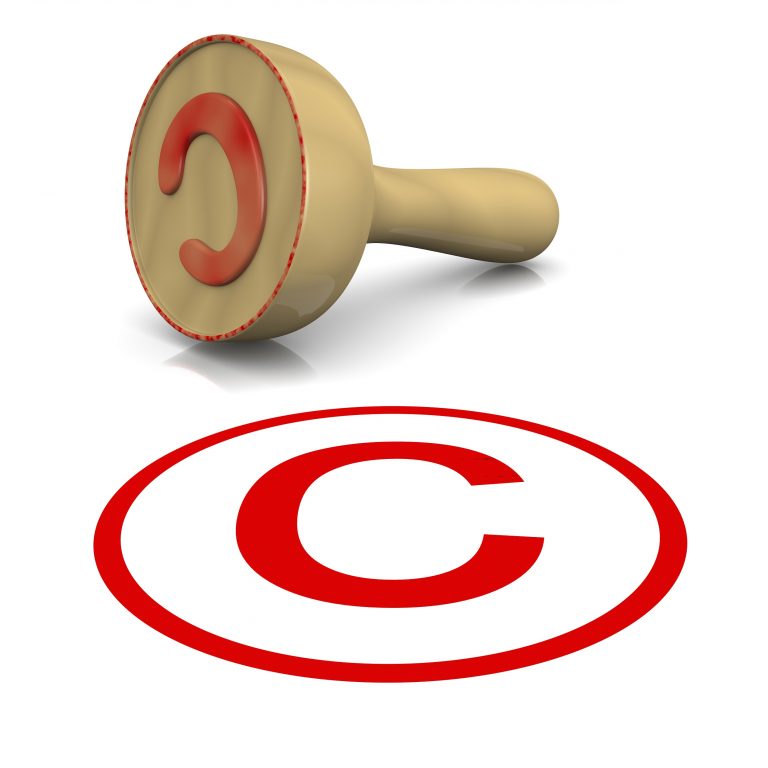Allegan’s Restasis Patents Invalidated by a Federal District Court Even After Transfer to Native American Tribe and Sovereign Immunity Claim.
Published: October 19, 2017
In Allergan, Inc. v. Teva Pharmaceuticals USA, Inc. et al, Case No. 2:15-cv-1455-WCB (EDTX October 16, 2017 Order), a Federal District Court recently invalidated several patents covering Allergan’s dry-eye drug Restasis. The ruling is notable because these are the same six patents Allegan just weeks ago transferred to the Saint Regis Mohawk Native American tribe in an effort to shield them from review at the Patent Trial and Appeal Board (“PTAB”). This controversial transfer in an attempt to protect the patents from inter partes review at the PTAB via the tribe’s sovereign immunity received sharp criticism from generic drug manufactures and some in Congress. Sovereign immunity, however, was not argued in District Court action.
The District Court dispute is a Hatch-Waxman Act case that relates to a condition known as “dry eye” and a pharmaceutical product known as “Restasis” that is intended to address that condition. Restasis is an emulsion consisting of various components, including the active ingredient cyclosporin A, an immunosuppressant, which is dissolved in castor oil, a fatty acid glyceride. Restasis, which is manufactured by plaintiff Allergan, Inc., is protected by six related patents, “the Restasis patents.” Generic drug manufacturers Teva Pharmaceuticals USA, Inc.; Akorn, Inc.; Mylan, Inc.; and Mylan Pharmaceuticals, Inc., that wish to manufacture and sell bioequivalent drugs having the same components as Restasis challenged that the patents asserted by Allergan are invalid in defense to a patent infringement suit filed by Allergan.
Since this was a Hatch-Waxman Act case, the case was tried to judge and not a jury. Thus, it was up to the court to make the factual determination as to the validity of the patents. In determining the validity of the patents, the court found “that the prior art does not describe the Restasis formulation with sufficient specificity to satisfy the test for anticipation,” meaning no single reference invalidated any of the patents. However, the court also found that “in view of all the evidence, including the prior art, the evidence of unexpected results, the evidence of objective considerations, and the motivation to combine the prior art references of Sall and the Ding I and Ding II patents, the Court concludes that the defendants have satisfied their burden of showing by clear and convincing evidence that the asserted claims of the Restasis patents would have been obvious.” In other words, the court found the patents invalid on obviousness grounds, meaning multiple pieces of prior art in combination – and with a motivation to combine them- disclosed all limitations of the asserted patent claims.
Viewed from a broader perspective, the Court summarized from the evidence from the case as follows: “There is no doubt that Allergan has invented a useful and successful pharmaceutical product. It has been richly rewarded for that invention in large measure because it was able to get patent protection for the invention in 1995 when the Ding I patent issued. Allergan had 20 years of patent protection for its invention and ultimately for Restasis, the commercial embodiment of that invention, which was clearly covered by Ding I.
Although Allergan kept continuation applications alive for some years after Restasis was approved by the FDA, it ultimately conceded to the PTO in 2009 that the claims of the continuation applications that were directed to the Restasis formulation would have been obvious in light of the Ding I patent. However, in 2013, a few months before the expiration date of the Ding I patent, Allergan returned to the PTO, withdrew its concession of obviousness, and renewed its effort to obtain further patent protection for Restasis. Allergan’s theory in prosecuting the new applications was that the Restasis formulation, although falling within the scope of the Ding I patent, surprisingly produced exceptionally good results, so much so that the particular formulation for Restasis was entitled to patent protection even though that formulation fell within the scope of the ranges of values disclosed and claimed in Ding I. Allergan persuaded the examiner to issue the patent by way of a presentation that was more advocacy than science. The presentation suggested that the Restasis formulation resulted in efficacy levels up to eight times as great as would be expected based on studies of the formulations disclosed in the Ding I patent. In fact, a closer examination of the results of the clinical studies on which Allergan relied makes it clear that the presentation to the PTO substantially overstated the difference between the clinical results obtained with the Ding formulations and the clinical results obtained with the Restasis formulation. The actual clinical results, interpreted properly, show no significant difference in efficacy between the Restasis formulation and the 0.1% formulation that was Example 1D of the Ding I patent.
At trial, Allergan presented essentially the same theory—that the Restasis formulation produced results that were unexpected in light of the prior art—albeit without urging upon the Court the evidence that Allergan had presented to the PTO. In so doing, Allergan has had to deal with the problem that a considerable amount of highly pertinent prior art had accumulated by the 2003 priority date of the Restasis patents. Not only does the Ding I patent pose a problem for Allergan, but the papers by Sall and Stevenson revealed a great deal of information about the studies on which Allergan relies to make its unexpected results case.”
Thus, in light of this evidence, the Court concluded that Allergan is not entitled to renewed patent rights for Restasis in the form of a second wave of patent protection based on the extensive amount of pertinent prior art and the Court’s factual assessment of Allergan’s showing of unexpected results. The Court therefore held that while Allergan has proved by a preponderance of the evidence that the defendants have infringed the asserted claims of the Restasis patents, the defendants have proved by clear and convincing evidence that the asserted claims of the Restasis patents are invalid for obviousness.
In sum, and while Allegan may appeal this ruling from the district court, the outcome of which is hard to predict, for now its Restasis patents were found invalid even after all the hassle Allegan went to protect them by assigning them to the Saint Regis Mohawk tribe.




